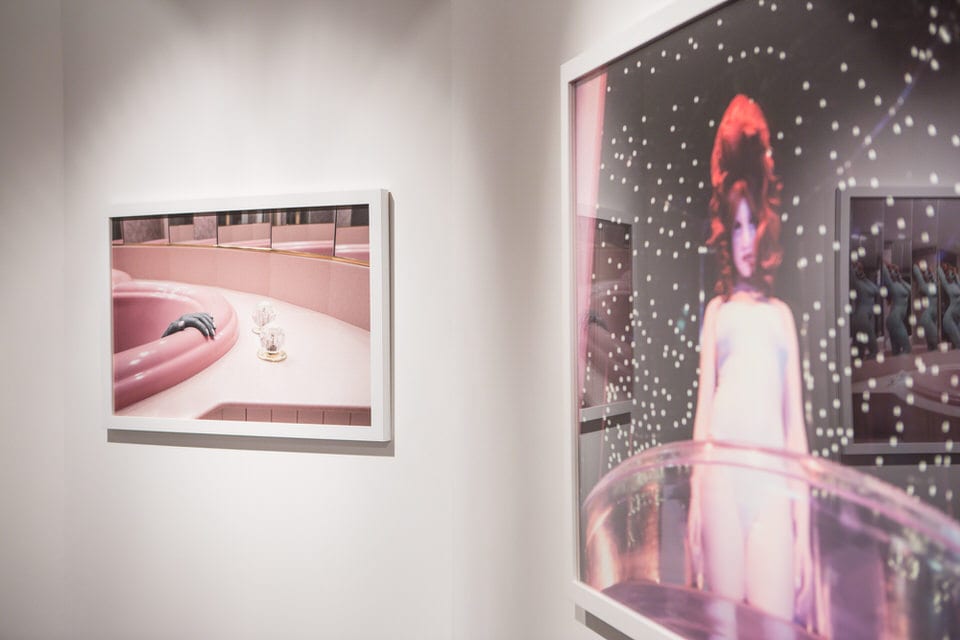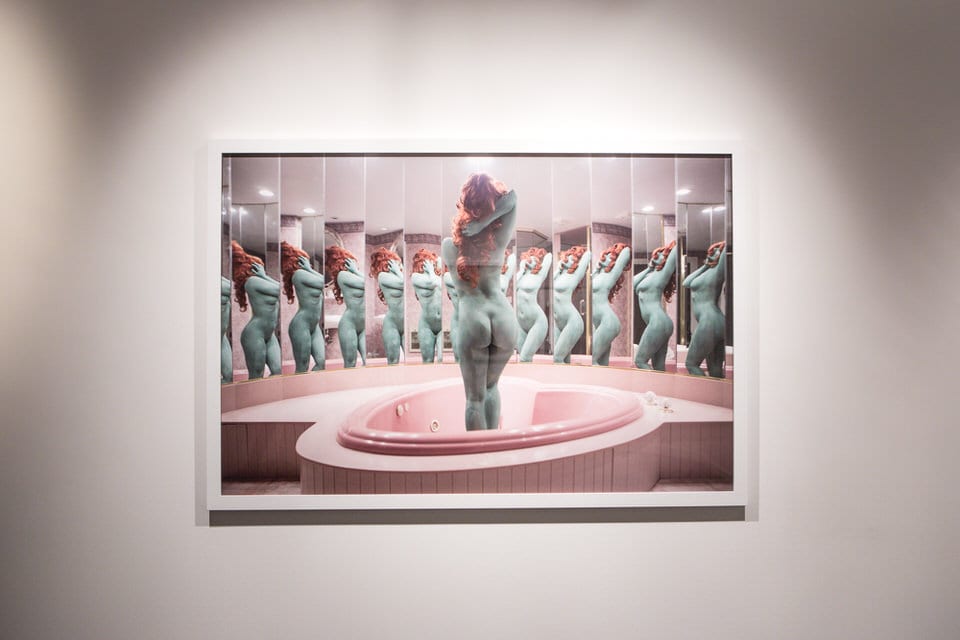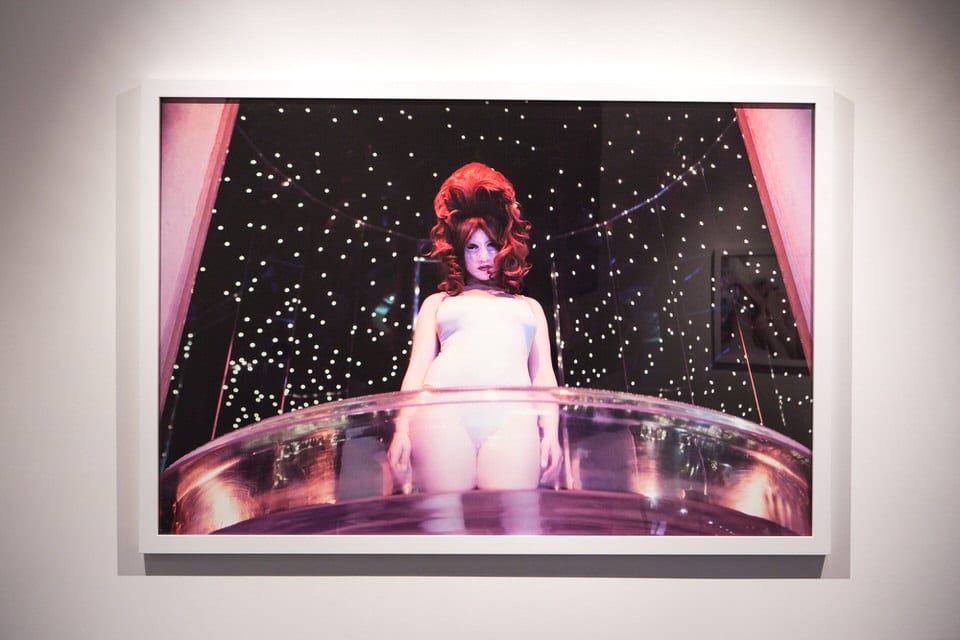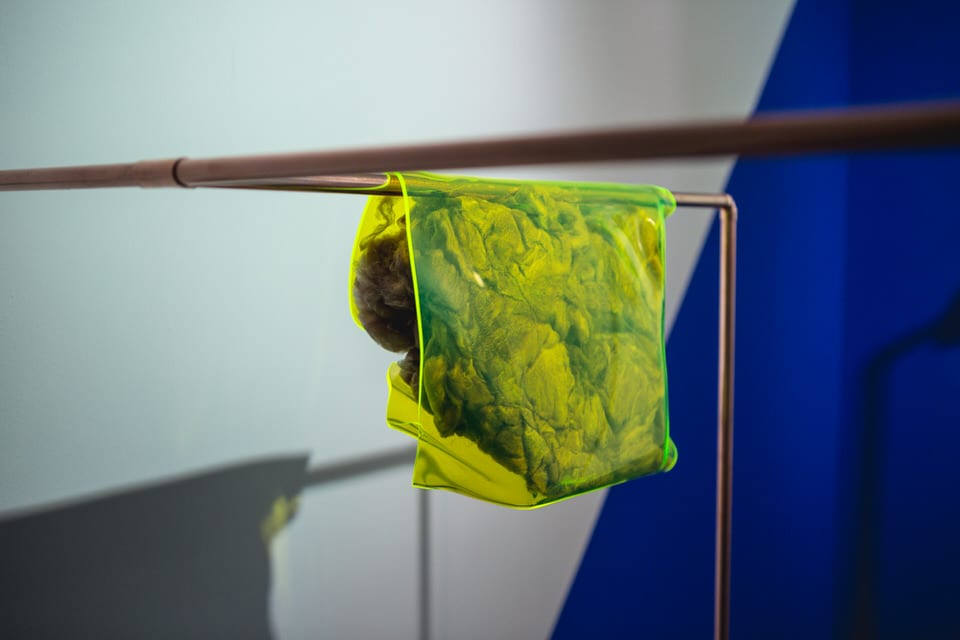Alona Pardo has curated a number of critically acclaimed exhibitions and publications with some of the most renowned artists today. A curator at the Barbican Art Gallery in London, she most recently collaborated with Richard Mosse on his vast triple-screen installation Incoming (2017) at the Barbican Curve gallery, co-curated Strange and Familiar: Britain as Revealed by International Photographers (2016) with Martin Parr, and worked on Constructing Worlds: Photography and Architecture in the Modern Age (2014).
Pardo is currently overseeing the final stages of Another Kind of Life: Photography on the Margins, due to open at the Barbican in the February of next year. The exhibition will explore the lives of individuals and communities on the fringes of society, as captured from the perspectives of an array of photographers both past and present. In partnership with Magnum Photos, Pardo curates a series of monthly talks and also contributes regularly to a wide of range of art magazines and books.
In the run up to the deadline for the International Photography Award 2018, Pardo offers her insight into the processes behind curating a successful solo exhibition and the importance of working to reinvent the conventional photography show. Submit to the International Photography Award 2018 today for the opportunity to have your own solo show at the leading London gallery, TJ Boulting.

Each one has its own challenges. With solo exhibitions, there’s something really special about working with a living artist, such as Richard Mosse, to re-envision their work in a gallery context. And this can also be quite reassuring because it’s a shared endeavour. But, with this collaborative approach, there is also more of a compromise: you’re constantly questioning them and they’re doing the same to you.
You enter into a different contractual relationship with an artist in a group or thematic show. When curating a group show, you are very much the authorial voice because you’ve set the idea and already convinced the artists of its merits.
In both instances, there is always a responsibility to the subject-matter. I’m just in the process of designing the book Another Kind of Life: Photography in the Margins, for the upcoming show at the Barbican, and at every stage of the process I have thought a lot about how best to represent these otherwise disenfranchised and forgotten individuals and communities.
When curating a solo exhibition, do you think it is best to work closely with the practitioner or to take more of a lead in relation to how the work should exist in an exhibition context?
As a curator, it is of paramount importance to establish a trusting relationship with the artist you are working with and then ensure you leave space for critical dialogue, where you can question and challenge one another.
For the artist, up until that point, their project will have largely been a solo venture, so to enter into a dialogue around it can often be quite challenging. The curator will always be considering how the work can best be presented to the public without losing its meaning, which often involves the artist giving up a certain amount creative control.
As a curator operating in an institutional framework, I understand the potentials of each space and what the encounter between the public and the work will be like in them. So, a significant part of my role is translating a body of work into the exhibition space without losing any of the meaning behind it.

I am always trying to challenge myself and develop new ways of exhibiting work that defy the trap of the exhibition shuffle, where you just have people moving from one image to the next.
Photography can have a relentless quality to it, especially when it is exhibited on a linear hang, at the same height, in a black frame. But, with all the different strategies of display that are available to us now, one can transform something quite traditional into an incredibly contemporary and exciting experience.
And obviously there’s also a huge interest in artists at the moment who are considering the sculptural possibilities of the photographic medium; exploding the two-dimensional natural quality of the print.
Ultimately, the work’s subject-matter should always speak loudest, but, when this is done in a way where the nature of the medium is also challenged, that’s very exciting.
What is the importance of the solo exhibition for emerging and established photographers?
A solo show is always wonderful because it gives you an opportunity to showcase a body of work. Image makers are more likely to present their work in a monographic book, so when they are given the opportunity to present it in an exhibition environment, they have to reconsider it spatially and the work takes on new meanings.
It is also a brilliant chance for them to present their work in a context where it’s not being considered in relation to other artists, mediums or themes.
Ultimately, it’s an incredibly important and exhilarating experience. Like an author publishing their first novel, it is the moment at which something deeply personal is cast out into the world, which is incredibly exciting but also full of anxiety.

I will start by considering the overall body of work and what they’re trying to say. How fresh and new does it feel? What kind of language are they using? I’m attracted to work where strong substance and meaning coalesce with a compelling aesthetic. I will also be thinking about whether the work will translate well into an exhibition context.
What have been some of the most important solo exhibitions of recent years and why?
Although I am certainly biased, the Richard Mosse exhibition Incoming at the Barbican, was, a very important exhibition in 2016. It was a thought provoking, philosophical and controversial exhibition that, in both subject-matter and aesthetic, marked a significant moment in our modern history.
The debate and discourse that the show has generated around the meaning of documentary photography is also incredibly important for the progression of the medium.

